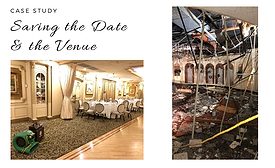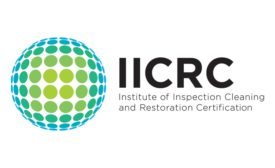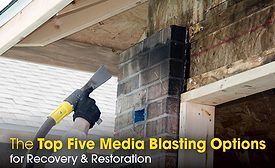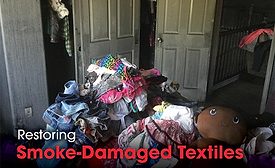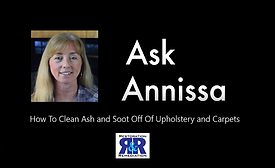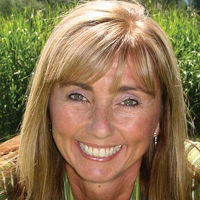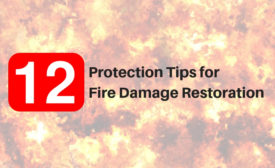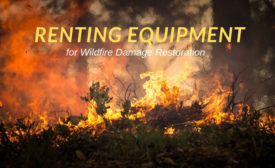Home » smoke cleanup
Articles Tagged with ''smoke cleanup''
Case Study
Quick work saves a wedding venue ahead of a busy wedding weekend.
Read More
Restorer's Perspective: The 3 R's of Mastering Xactimate for Beginners
Success in property restoration for insurance claims starts with Xactimate estimating mastery.
Read More
Stay ahead of the curve with our eNewsletters.
Get the latest industry updates tailored your way.
JOIN TODAY!Copyright ©2024. All Rights Reserved BNP Media.
Design, CMS, Hosting & Web Development :: ePublishing
